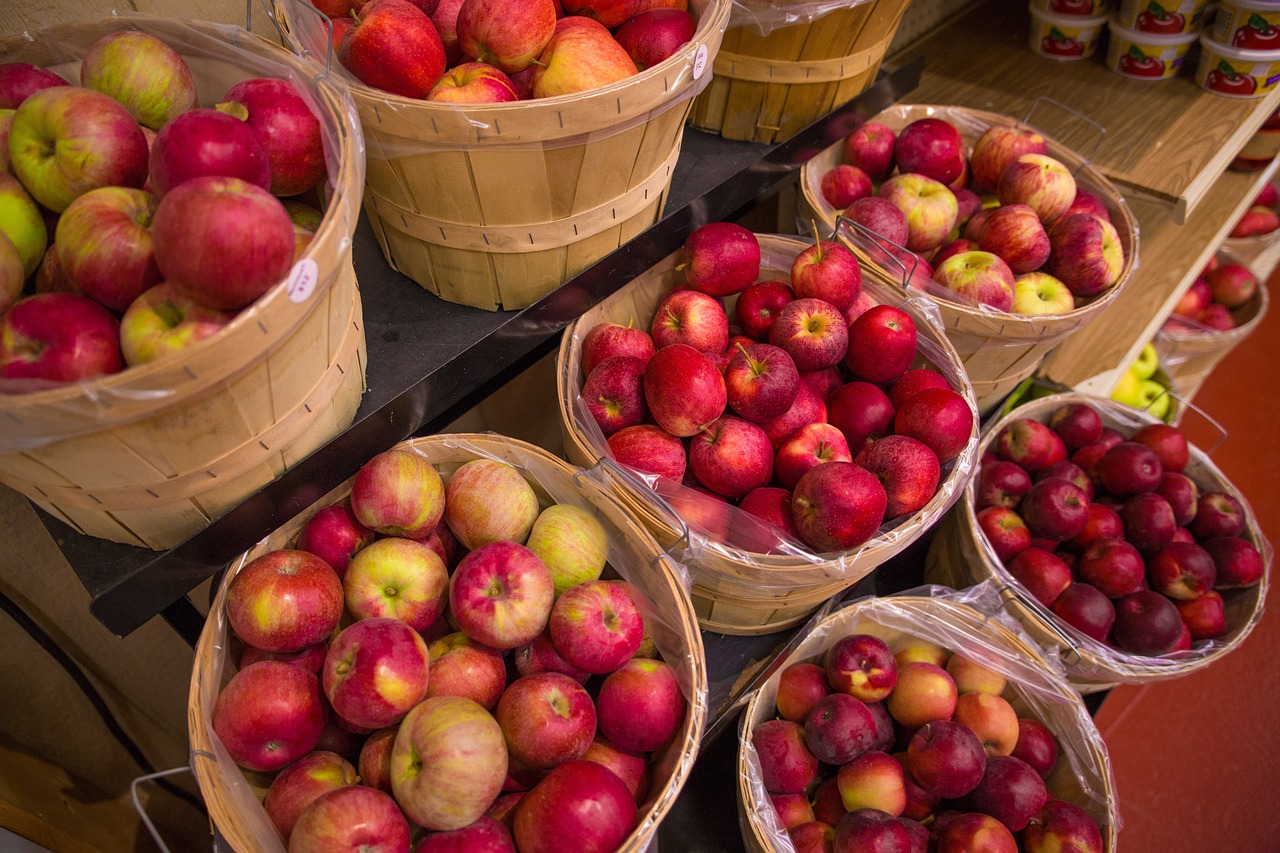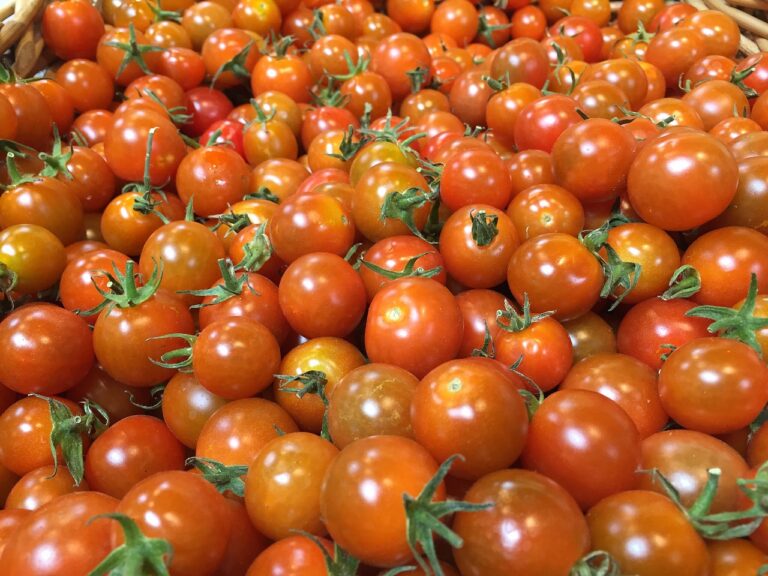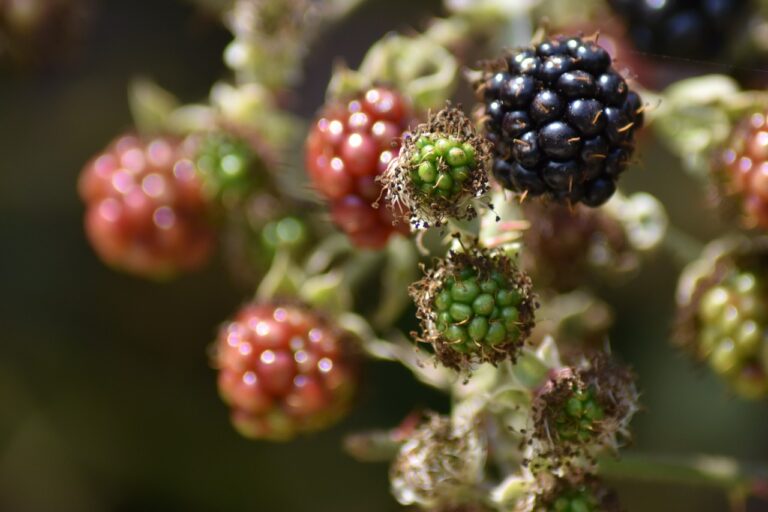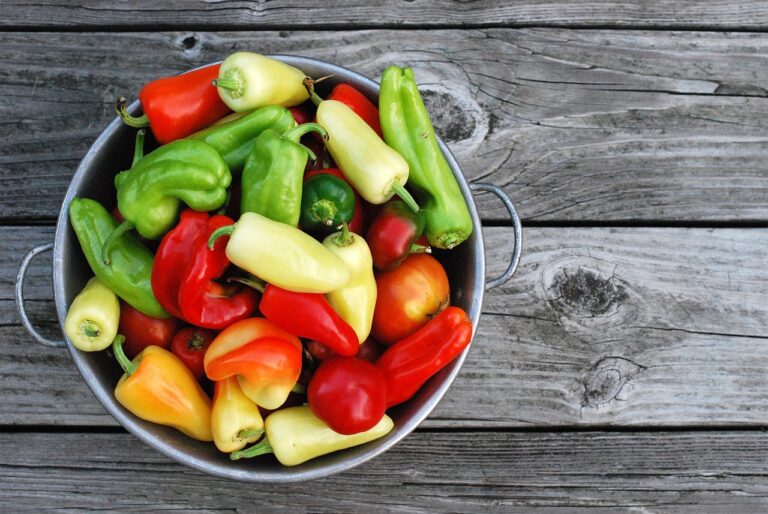Environmental Impact of Poultry Farming: Betbook247, Radhe exchange registration, My laser247.com
betbook247, radhe exchange registration, my laser247.com: Poultry farming is a common practice around the world, providing a significant source of meat and eggs for millions of people. While this industry plays a crucial role in meeting the global demand for poultry products, it also comes with its fair share of environmental impact. In this blog post, we will explore the environmental impact of poultry farming and discuss some of the ways in which this industry can be more sustainable.
1. Waste Management
Poultry farming generates a considerable amount of waste in the form of manure, feathers, and bedding materials. If not managed properly, this waste can contaminate water sources and contribute to air pollution. Additionally, the runoff from poultry farms can lead to eutrophication of nearby water bodies, causing algal blooms and fish kills.
2. Water Usage
Poultry farming requires large amounts of water for drinking, cleaning, and cooling purposes. The excessive use of water in poultry operations can strain local water resources, especially in areas where water scarcity is already a concern. Furthermore, wastewater from poultry farms can contain high levels of pollutants, such as nutrients and pathogens, which can harm aquatic ecosystems.
3. Land Use
The expansion of poultry farms often leads to deforestation and habitat destruction as forests are cleared to make way for new facilities. This loss of natural habitats can have a negative impact on local biodiversity and disrupt ecosystem functioning. In addition, the disposal of poultry waste on land can lead to soil contamination and nutrient imbalances.
4. Climate Change
Poultry farming is a significant contributor to greenhouse gas emissions, primarily through the release of methane and nitrous oxide from manure management practices. The intensive production systems used in large-scale poultry operations require a substantial amount of energy for heating, cooling, and lighting, further contributing to carbon emissions.
5. Air Quality
Poultry farms emit various air pollutants, such as ammonia, dust, and volatile organic compounds, which can have adverse effects on human health and the environment. These pollutants can contribute to respiratory problems, acid rain, and smog formation, impacting both local and global air quality.
6. Genetic Diversity
The genetic diversity of poultry breeds has diminished over the years due to the focus on high-yielding, fast-growing breeds in commercial poultry production. This loss of genetic diversity makes poultry populations more susceptible to disease outbreaks and environmental changes, posing a threat to the long-term sustainability of the industry.
Overall, the environmental impact of poultry farming is significant and multifaceted, affecting water quality, land use, climate change, air quality, and genetic diversity. However, there are ways in which this industry can become more sustainable and reduce its environmental footprint.
FAQs
1. How can poultry farms reduce their water usage?
Poultry farms can implement water-saving technologies, such as automatic waterers, drip irrigation systems, and water reuse systems, to reduce their water consumption. Additionally, practices like proper manure management and nutrient recycling can help minimize water pollution from poultry operations.
2. What are some environmentally friendly alternatives to conventional poultry farming?
Organic poultry farming, pasture-raised poultry production, and agroecological poultry systems are some environmentally friendly alternatives to conventional poultry farming. These systems prioritize animal welfare, environmental sustainability, and biodiversity conservation.
3. How can consumers support sustainable poultry farming practices?
Consumers can support sustainable poultry farming practices by choosing products from certified organic or pasture-raised farms, participating in community-supported agriculture programs, and advocating for stricter regulations on environmental standards in the poultry industry. By making informed purchasing decisions, consumers can drive positive change in the poultry industry.







